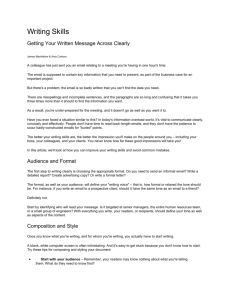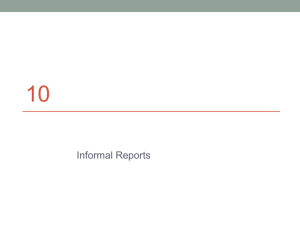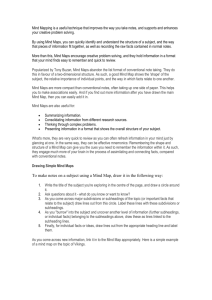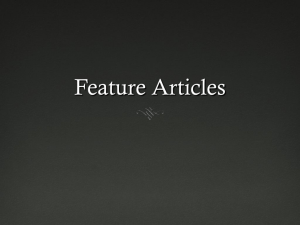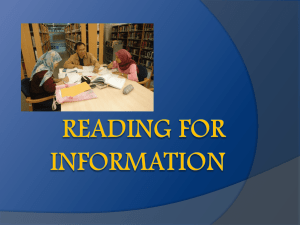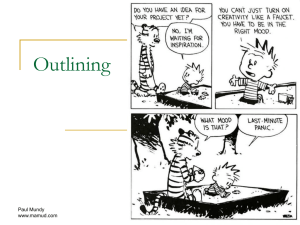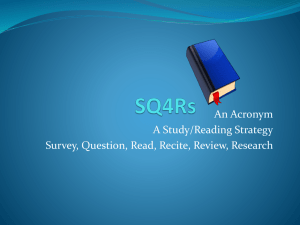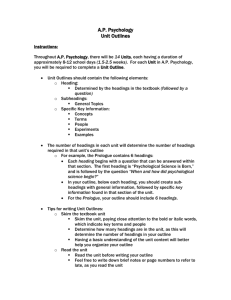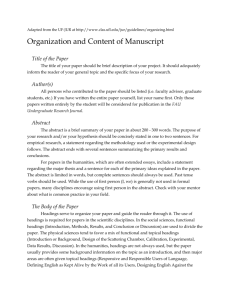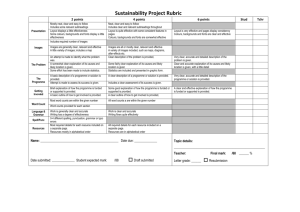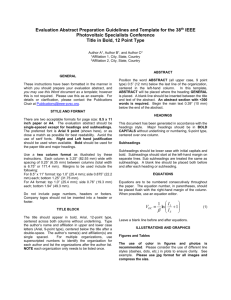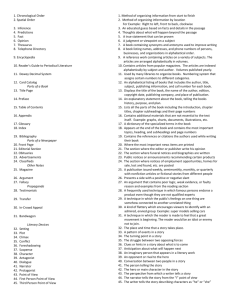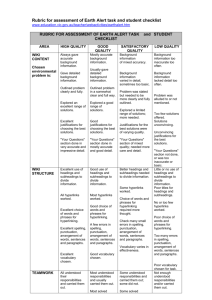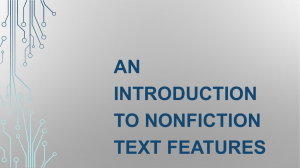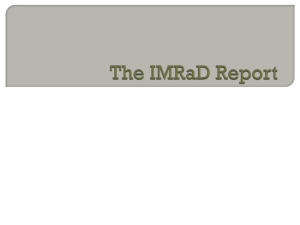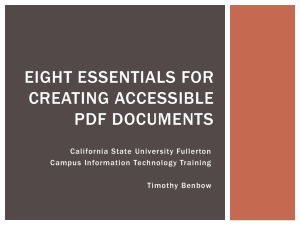Power Point: How to write a featured article
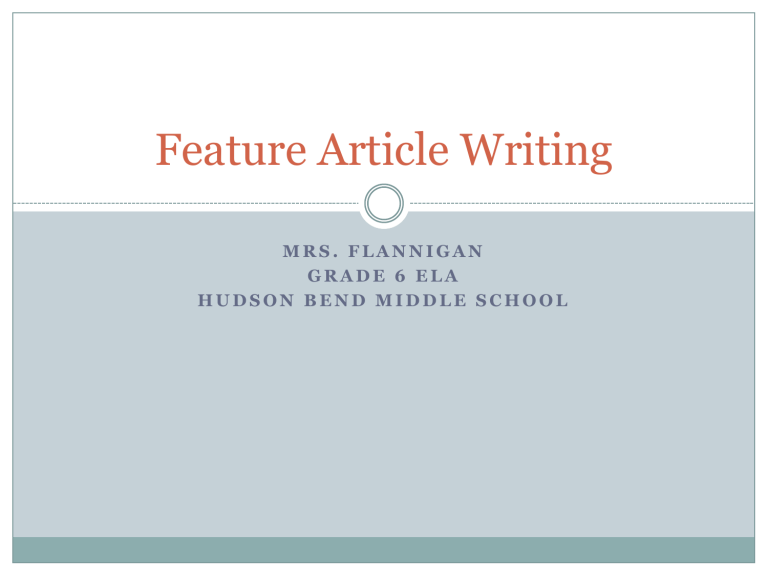
Feature Article Writing
M R S . F L A N N I G A N
G R A D E 6 E L A
H U D S O N B E N D M I D D L E S C H O O L
What is a Feature Article?
Creative
Deals with real events, issues, and trends
Unlike news articles, it places emphasis on the people involved rather than on the facts
Written to a specific audience
Author sometimes writes to persuade readers to adopt his opinion on the topic
It is organized in columns with headings, subheadings, bullets, and text features
Some Feature Article Types
Human Interest
Personality
The “Best”
How to (skill or product)
Past Events
Informational
There are many others
Human Interest Feature
Most common type of feature article
Reports success in spite of great odds
Recalls a tragic predicament
Shares a continuing struggle supported only by work, family, community, hope, etc.
Example
The “Best”: Feature Articles
Personal experience with the product
Proof, along with examples, that this is the best of its kind
Where to get the product
Cost of the product
Catchy title
Example
Past Events Feature
Might focus on a historical event
Might focus on a historical celebration
Stems from library research and serves as a human interest history lesson
Example
The Personality Feature
Is a character sketch
Usually shows how a person gained recognition
The main character may be known or unknown but has done something of interest to others
Example
The Informational Feature
Insightful coverage of topic
Detailed information focused on one aspect of a given topic
Makes personal connection to the topic and shows
“voice”
Often refers to research sources
Example
The How-To Feature
Analyzes a process
Gives detailed steps
Written from viewpoint of informed writer to less informed reader
Example
Where to begin…?
Identify Topic and Audience: Who is going to read this?
Gather information: internet, books, encyclopedias, newspapers, etc.
Decide what your audience would want to know about.
Choose the facts you will use to support that information. Record everything on your notecards!
Where to begin: Prewriting!
Start with an effective lead
Engage the reader
Include facts to support information (2-3 paragraphs)
End with an effective conclusion
Decide how to organize your writing and where to include your text features
Decide what your headings, subheadings, and font will look like.
Think of it as a three act play!
The first act is the introduction, in which you will introduce the subject while capturing the reader's interest.
The second act of feature writing is the body, which provides the information in an interesting, logical manner. This is where you'll often see quotes.
The last act of your feature is the conclusion, in which you pull everything together.
Identify Topic and Audience
Choose topic
Why?
Who would want to read this article?
Who is the primary audience?
Short clip about Writing a Feature Article (scroll down to the very bottom of the page)
Analyze the audience
Does the audience know anything about this topic?
What does the audience need to learn after reading the article?
Gather Information (Research)
Legitimate web sources
Look for .edu, .org, etc.
Library Database!
Encyclopedias
Books
Newspapers
Magazines
Start with an Effective Lead
Dialogue
Scene
Startling argument
Contrast
Generalization
Question
Detail
Quote
What if
Effect
Engage the Reader
Anecdotes
Vignettes
Foreshadowing
Descriptions
Flashbacks
Tables
Comparisons
Sketches
• Examples
• Charts
• Riddles
• Snapshots
• Pictures
• Graphs
• Quotes
• Reasons/ facts
HEADINGS
Subheadings
FONTS
Italics
BOLD print
Bullets
COLOR
Be Creative with Text
Prewriting
How to organize the Feature Article
Write an Effective Conclusion
Replay the lead
End at the ending
Restate the purpose
Quote
Anecdote
Summary
Editorial comment
Design in Pages
Organize the information for effect – NO CLUTTER
Check rubric for requirements
Use headlines
Subheadings
Bullets
Bold print, italics
Vary fonts
Use charts, illustrations graphics
Document Sources
Include citations at the end of the feature article
This can take the form of a sidebar with links, if appropriate
Use “BibMe” for help setting up sources
MLA style
Type up your article
Prewrite, draft, revise, edit
Use spell check
Use grammar check
Keep list of sources, photos, graphs, etc. for inclusion in the final design
Works Cited
Use the BibMe website for help
Use the MLA style
Sources must be listed …
Works Cited
This Power Point is adapted from another
PowerPoint:
An Article By any Other Name: The Low-Down on
Feature Articles by Amy Flanagan, Media specialist at the John Hardin High School Library Media
Center http::www.meade.k12.ky.us/teachers/lhawk/
More Help:
Feature Article Video - Very helpful!
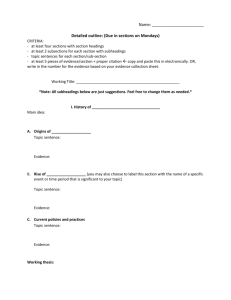

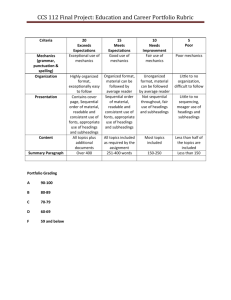
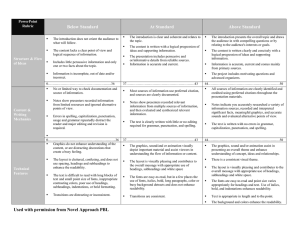
![Reading Strategies for Textbooks [doc]](http://s3.studylib.net/store/data/006747703_1-51c5546247305949ad82bea621c6803f-300x300.png)
